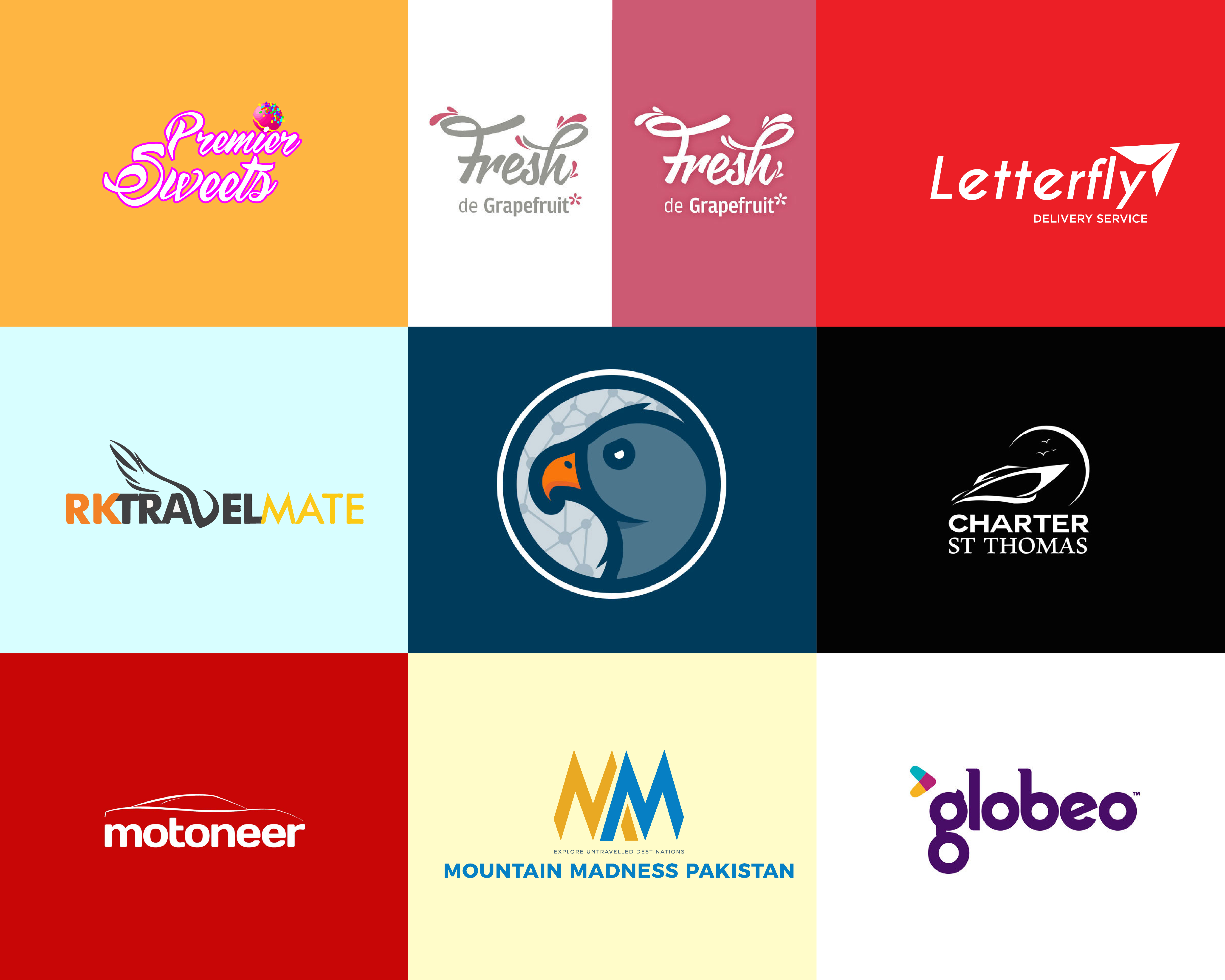

Minimalist logos have a timeless quality that differentiates them from other logo designs. For instance, a minimalist logo can be paired with a distinctive font or a specific colour palette to create a cohesive visual identity that reflects the brand’s personality and values. This flexibility allows businesses to use their minimalist logos in various settings without worrying about colour consistency or compatibility.Īnother benefit of minimalist logos is that they can be easily combined with other design elements to create a unique brand identity. They can be used with a single colour or multiple colours depending on context and brand identity. Moreover, minimalist logos tend to be more adaptable to different colour schemes, which makes them easier to integrate into various branding materials. Due to their straightforward design, they can be easily reproduced across different media types, from small business cards to giant billboards, without losing their visual appeal or legibility. One of the main advantages of minimalist logos is their ease of reproduction and scalability. They are highly adaptable and can be used in various contexts without losing impact. Minimalist logos are the epitome of versatility in the world of branding. In contrast, a cluttered, intricate logo can be challenging to comprehend, and customers may not remember it as quickly.

When we see a minimalist logo, our brains can quickly recognise its unique shape and associate it with the brand it represents. Our brains are wired to process and remember simple shapes and patterns more efficiently. Related: UX Design Sketching in 6 Easy Steps So, let’s delve into the world of minimalist logo design and discover why less truly is more.

You’ll be well-equipped to create a compelling logo that embodies the essence of your business while making a lasting impression on your target audience. Whether you’re a seasoned designer or a business owner looking to refresh your branding, this article will serve as a comprehensive guide to understanding and harnessing the power of minimalist logo design.īy the end of this article, you’ll deeply understand the minimalist logo design philosophy and its benefits for your brand. We’ll also examine common mistakes and pitfalls to avoid when creating a minimalist logo, ensuring you’re well-equipped to craft a design that stands the test of time.įinally, we’ll provide practical tips on applying minimalist design principles to your brand, including typography, colour, and imagery considerations. Next, we’ll explore case studies of some iconic minimalist logos, analysing the design choices and their impact on the respective brands. We’ll also touch on the psychological underpinnings of this approach and how it can create an emotional connection with your target audience. We’ll then dive into the key elements and principles that define minimalist logo design, such as balance, proportion, and contrast. We’ll begin by discussing the origins of minimalist design and how it has evolved. They are designed to communicate a clear message with an economy of form, using basic shapes, clean lines, and a limited colour palette.Īs a branding expert, I will share my insights into the factors that make minimalist logos successful and why adopting this design philosophy could be a game-changer for your brand. By stripping away extraneous elements and focusing on the essence of a brand, these logos become instantly recognisable and memorable. Minimalist logo design is rooted in the belief that simplicity can convey meaning just as effectively, if not more so, than complex designs. Picking a Logo Design: The Right Look for the Best Impact


 0 kommentar(er)
0 kommentar(er)
